Peñas de las Diez, Once y Mediodia from Refugio de Lavasar
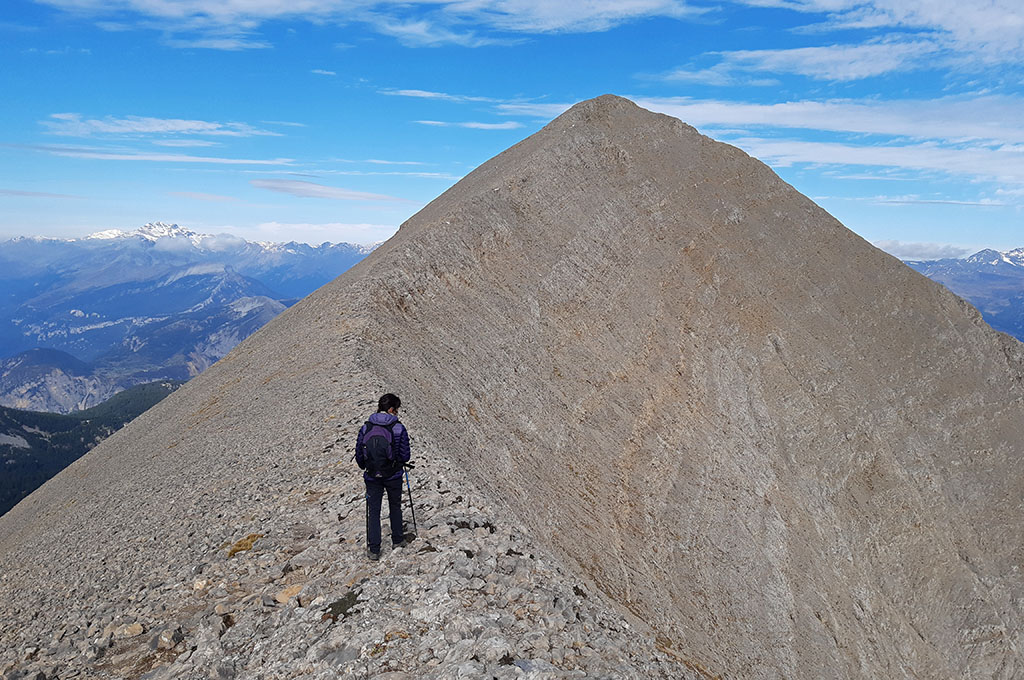
The Peñas de las Diez (2,568m), Once (2,658m) and Mediodia (2,465m), located to the north of the Cotiella massif, form a beautiful range of peaks that on one side close the cirque where the Ibón de Plan or Basa de la Mora is located, and on the other, fall towards the Chistau valley and the town of Plan.
Towards Plan is where they show their most attractive and wildest side, and from where they receive these curious names that refer to the time of day. The time at which the sun, seen from Plan, falls on each one of them. Like an enormous sundial.
IBÓN DE PLAN O BASA DE LA MORA
To the south-west of this group of peaks, through which the route passes, is located on ibón de Plan o Basa de la Moraconsidered one of the most beautiful in the Pyrenees. The colour of its waters turns turquoise in the sunlight, between large mountains and slopes of landslides that fall to its shore, on which grow black pines and a green meadow. A magical place where, according to legendEvery 24th June, the spirit of a young Muslim girl who, fleeing from the fighting between Moors and Christians, was imprisoned in the lake, performs a dance on the waters.
- YOU MAY BE INTERESTED IN: Excursion to Ibón de Plan or Basa de la Mora
COTIELLA MASSIF
Apart from the legends and the beauty of the surroundings, we find ourselves in a massif without equal in the length and breadth of the Pyrenees. It has an arid, "African" appearance, as Count Russel referred to it in 1865, when he entered Spain in search of the mountain he could see from the border and which intrigued him so much. He wrote of his incursion into the massif, in which he achieved the first ascent of Cotiella (2,912m), the highest point, he wrote: "Cotiella, a peak without equal in the whole Pyrenees mountain range, and surrounded by Saharas (...). The very voice of the wind has something sombre in these uninhabitable and monotonous plateaus where a camel could die of thirst, and which must resemble the rugged deserts of the moon".
CIRCULAR ROUTE TO THE CRAGS OF THE TEN, ELEVEN AND NOON FROM THE REFUGE OF LAVASAR.
SUMMARY:
Snowshoeing route to the peaks that close the Ibón de Plan cirque to the north, from the free refuge of Lavasaraccessible by car by track from Saravillo (14kms).
From here, the route heads to the ibón de Plan o Basa de la Mora following the GR15. Just before reaching the lake, the path turns to the left and ascends through a pine forest where the uphill and downhill routes separate. We will continue along the path GR15 until Aibón pass / L'Ibón col (2,340m) and then in a northerly direction until it reaches the Peña de las Diez. The route continues along the ridge to reach its highest point on the Eleven o'clock Rock.
To descend, we will follow the ridge (West) passing by the Peña del Mediodia and the geodesic vertex of NoonThe route then leaves the path and descends southwards along unstable rocky slopes until it joins the uphill path, just above the line of the forest.
MAP
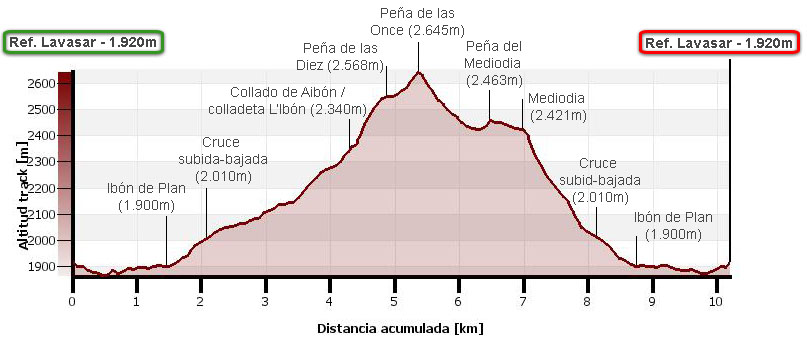
> Download Track
> Download pdf (mobile version)
HOW TO GET THERE
See in Google Maps.
Once in AínsaWe follow the A138 towards France, until Mesón de Salinas (km 72.5), where the road that leads to the Chistau or Gistaín valley starts and which we follow for 5 kilometres, until the turn-off to Saravillo. In total, 33 kilometres from Aínsa to Saravillo.
Already in SaravilloWe cross the village until we reach the access track to the Ibón de Plan and the Santa Isabel pass. The track is regulated to traffic and to use it, it is necessary to get a ticket for 3 euros at the machine at the beginning of the track (bring change). The proceeds go towards the maintenance of the track. The track has a length of 14 kilometres up to the Lavasar refugeIt is in good condition and can be travelled with a normal car. Next to the refuge, there is a grassy esplanade where you can park.
The refuge of Lavasar, where this route starts, can also be reached on foot from Plan (2h30min one way), or following the GR15 from Saravillo (3h30min one way).
Technical specifications:
Distance: 10,2 kms.
Cumulative difference in altitude: 965m.
Timetable: About 6 hours. Walking time without stops: 4h05min.
Water: There are no springs along the route and the only stream that is crossed is the one that drains from the lake itself.
Difficulty: the descent, off the path, on unstable rocks, is the most difficult part of this route.
ITINERARY
(0h00min; 0,0kms) Refugio de Lavasar (1.920m).
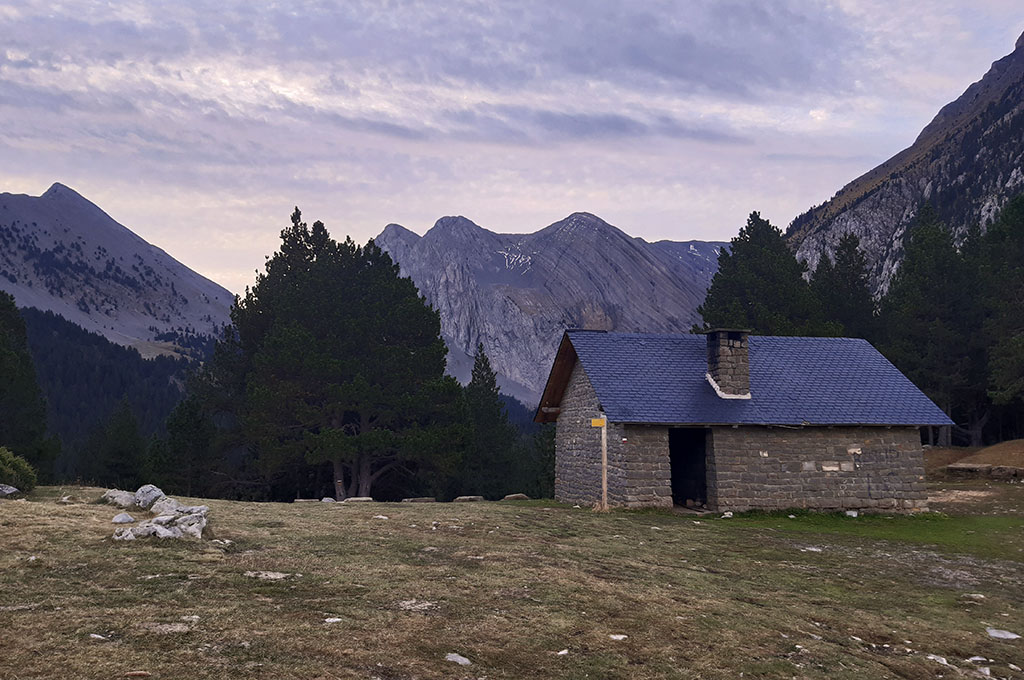
To the left of the refuge, a signpost indicates the path to Ibón de Plan, which we will follow, coinciding with the GR15 (Pre-Pyrenean Path). The path runs through a black pine forest with the peaks of Punta Alta (2,735m), Punta la Picollosa (2,708m) and Pico de la Ribereta (2,685m) looming in the background.
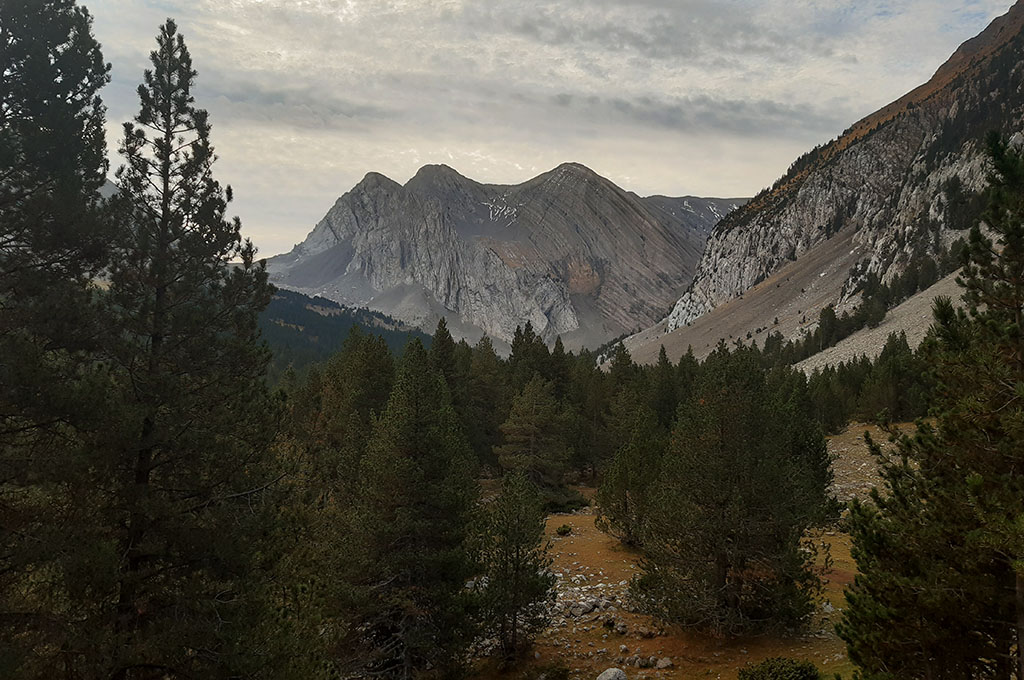
In about 10 minutes we pass the Ibón ravine, through which it drains, and come out into an area of meadows, where a sign (GR15) indicates to the left the direction to the Armeña and Seira refuge. We turn off for a moment to see the...
(0h25min; 1,5kms) Ibón de Plan / Basa de la Mora (1.900m).
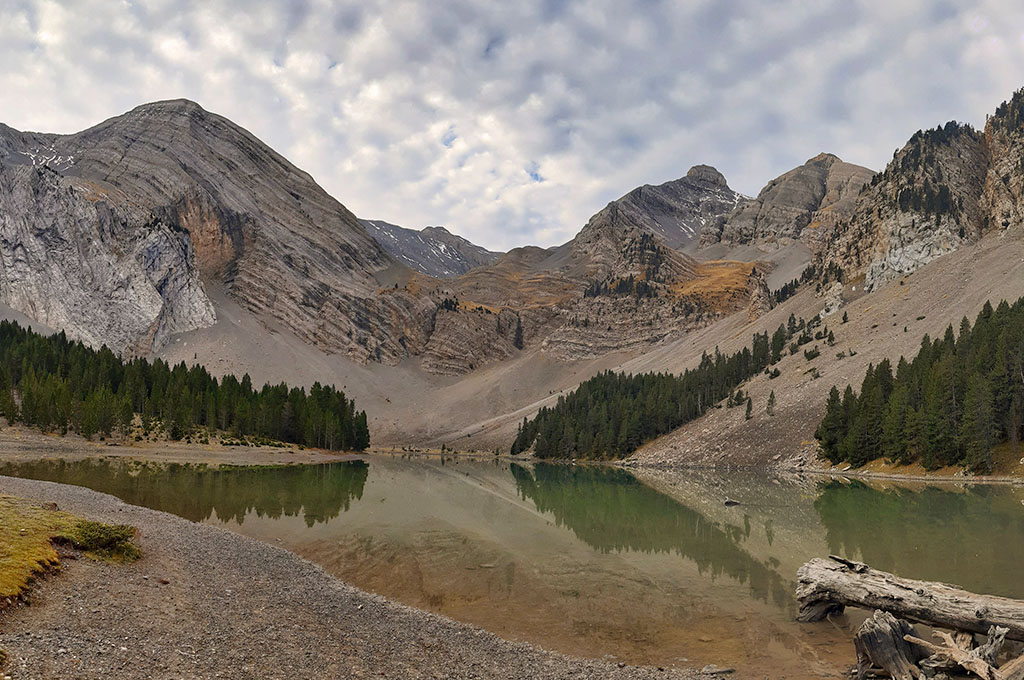
On the way back to the signpost, we turn north, uphill, through a pine forest that we cross in just 10 minutes.
(0h40min; 2,1kms) Crossroads ascent-descent (2,010m).
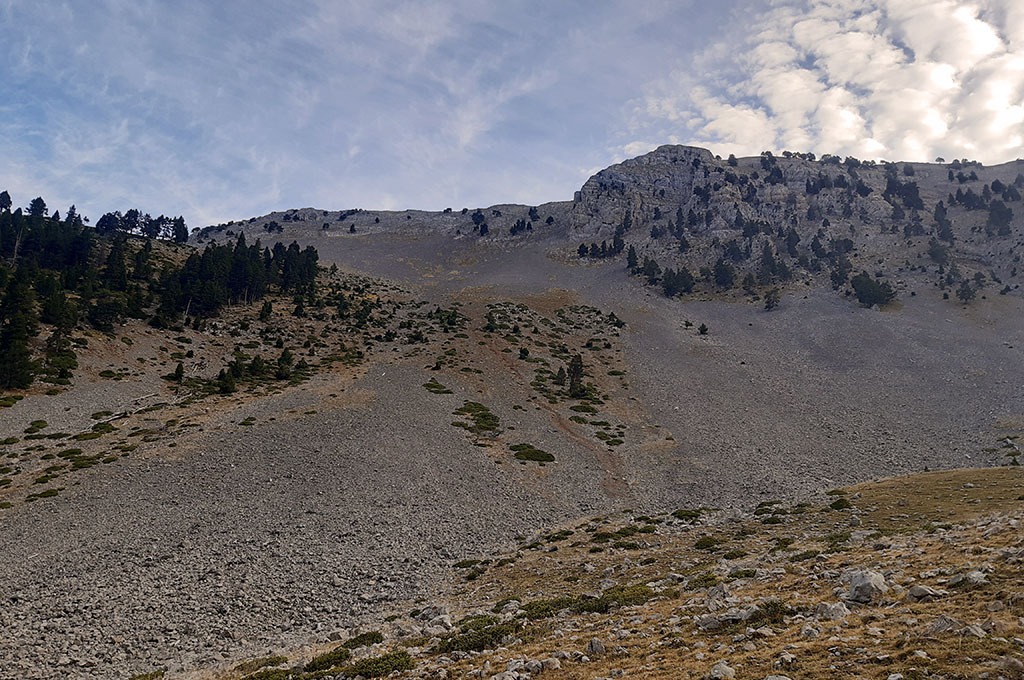
On the left hand side, crossing the Mediodia rocky area, we can see the way down. Going up this path would be very expensive and it is preferable to do the route in the direction described, continuing in a SE direction along the GR15.
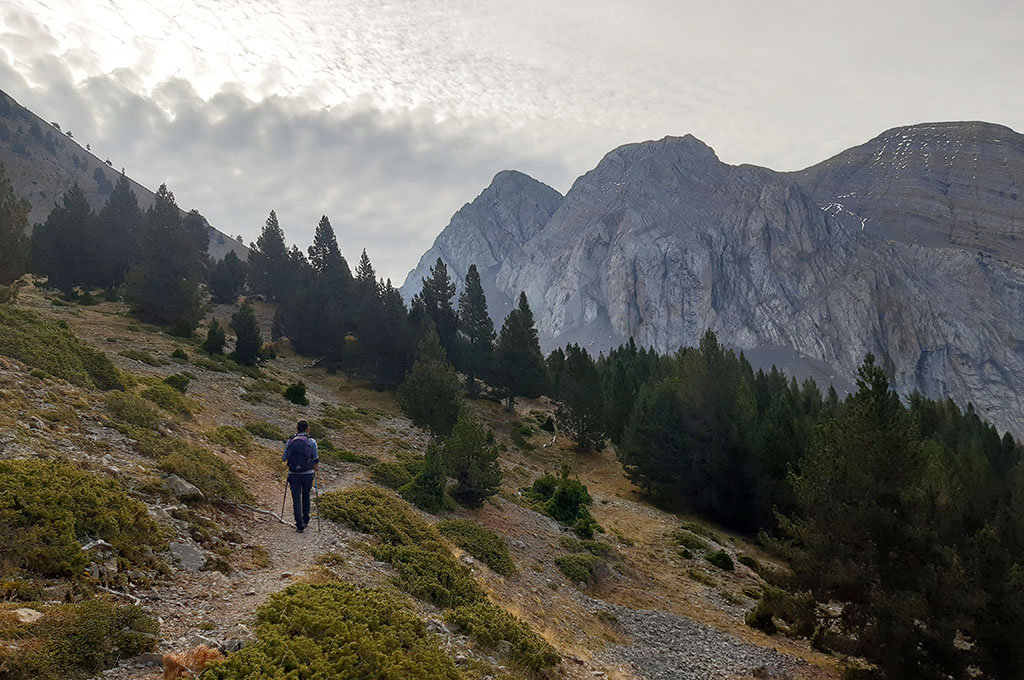
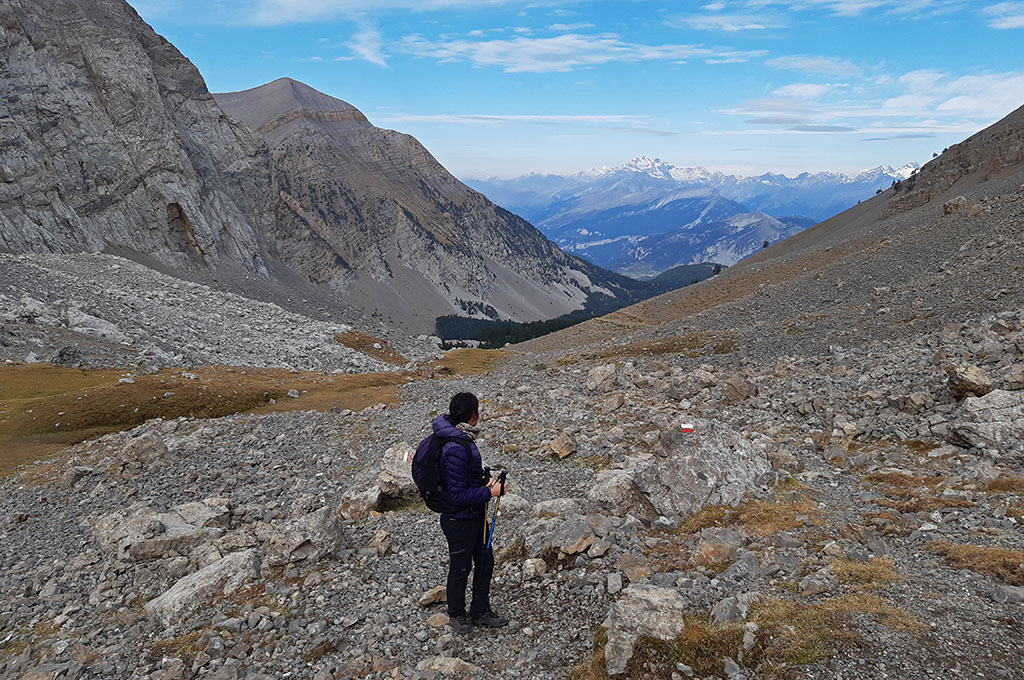
(1h25min; 4,3kms) Collado de Aibón / Colladeta L'Ibón (2.340m). The view opens up towards the southern slope and we can see the Turbón (2,492m) in the distance, whilst to the right Punta Alta appears impregnable. We leave the GR15, which starts to descend towards Barbaruens, and continue to the left of the pass, dodging the first rocky escarpments, along a small path that ascends the southern slope.
(1h50min; 4,9kms) Peña de las Diez (2.568m). The view now opens up towards the Chistau valley and the Culfredas, the Gran Bachimala, the Posets and the Maladeta massif, a little further away, appear among others. Ahead lies the most spectacular section of the route, a beautiful ridge up to the Peña de las Once, without any difficulty.

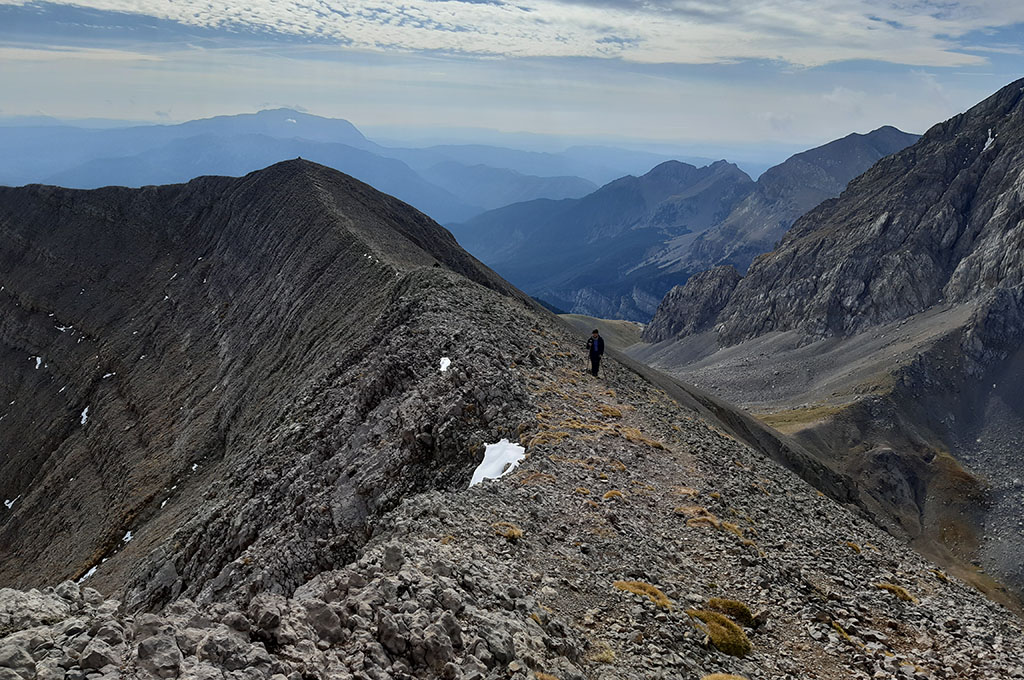
(2h05min; 5,4kms) Peña de las Once (2.645m). The panoramic view is complete. To the south, towering over the peaks that defend the Ibón de Plan: Punta Alta (2,735m), Punta la Picollosa (2,708m) and Pico de la Rivereta (2,685m), Cotiella (2,912m) and Pico Raymond d'Espouy (2,823m) stand out. Continuing westwards with the peaks that close the lake, we can see the Peña de la Una (2,719m), the Putons Royos (2,694m) and the Peña es Litás (2,622m). To the north, from left to right, on the main axis of the chain, the massif of Monte Perdido, La Munia, Punta Suelza and the aforementioned Culfredas, Gran Bachimala, Posets and Macizo de la Maladeta stand out.
We start the descent following a small path that runs along the ridge, avoiding some sections on the southern slope. Reaching the Peña del Mediodía costs less than it seems, and 30 minutes later we are at the summit.
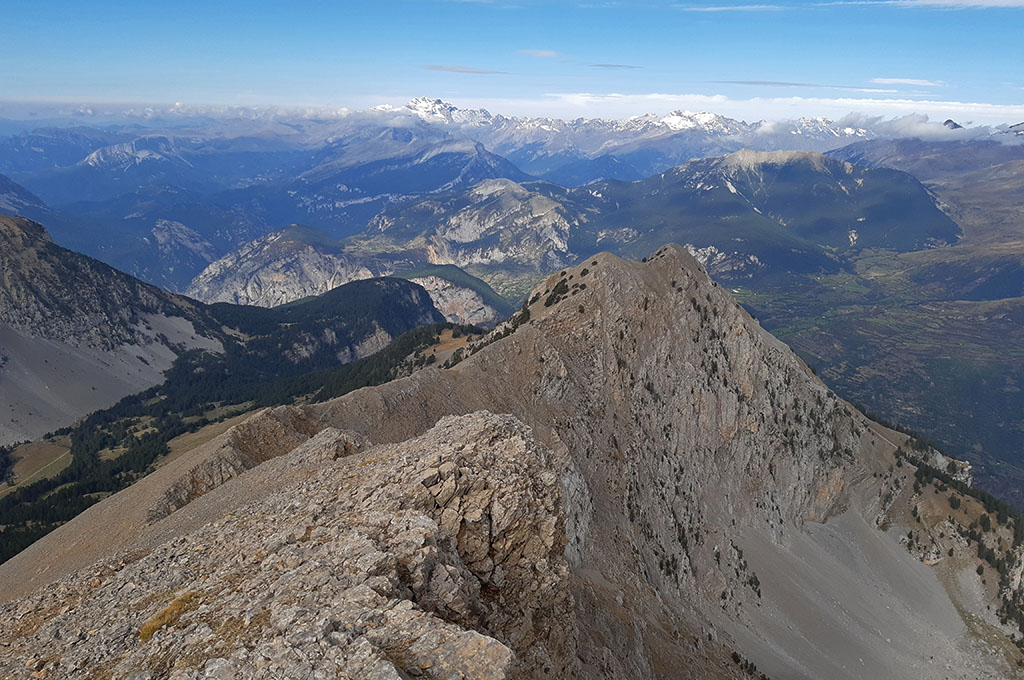
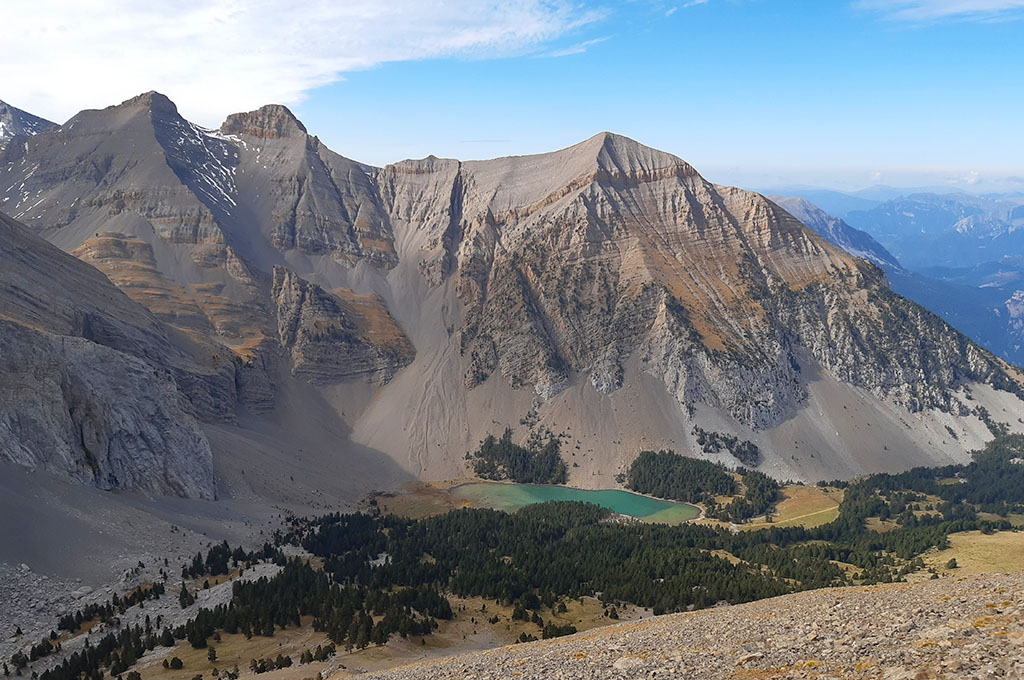
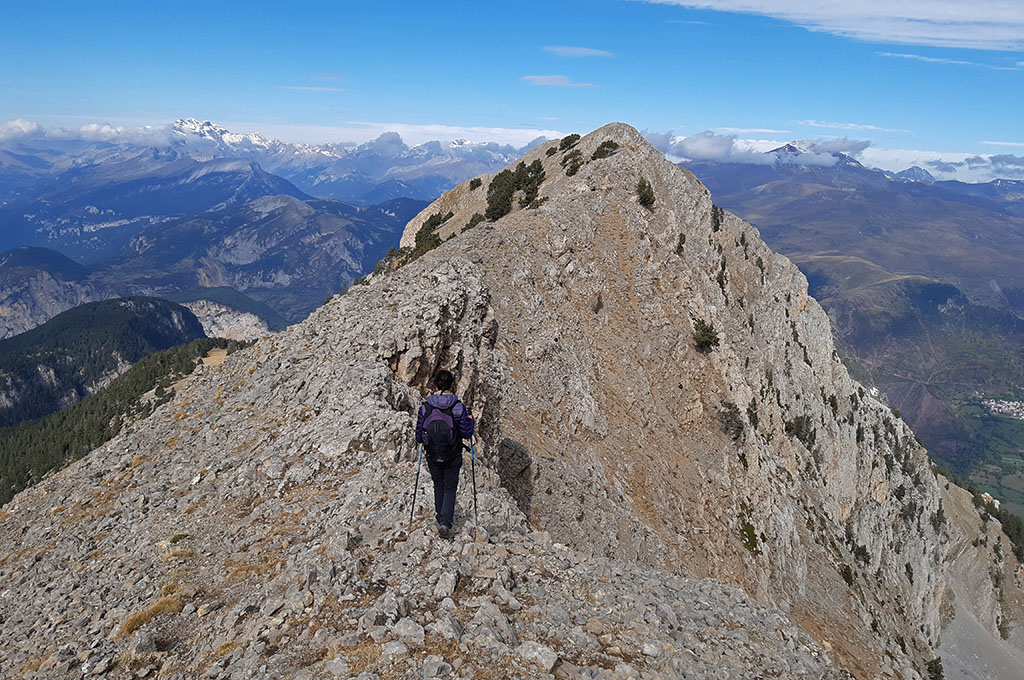
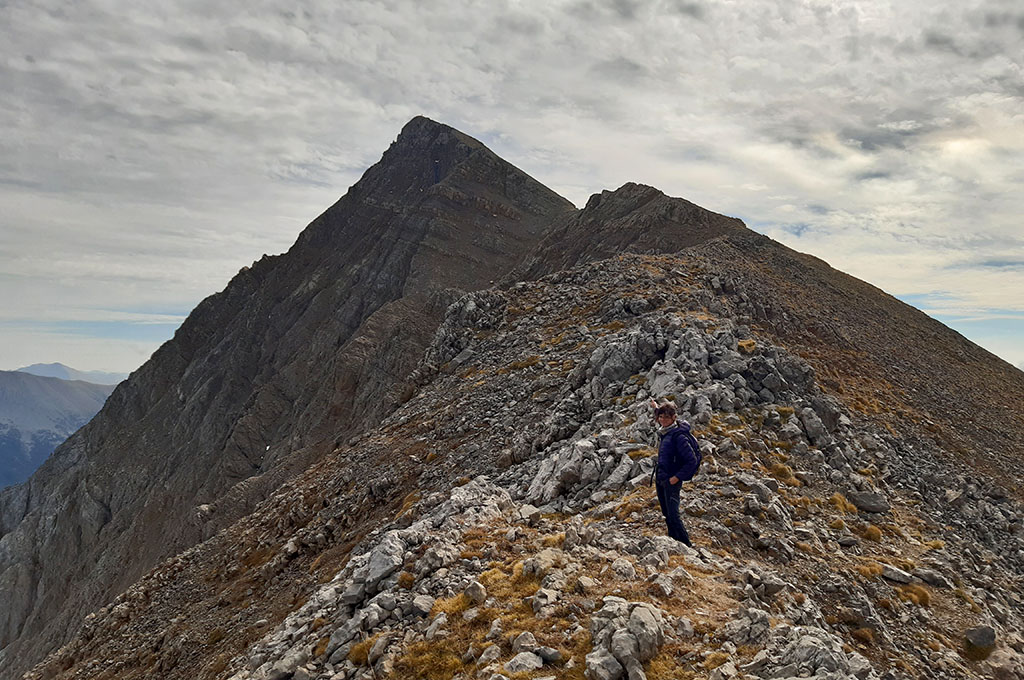
(2h35min; 6,5kms) Peña Mediodía (2.463m). We will continue along the ridge, enjoying the new perspectives towards the Ibón de Plan, up to an altitude called...
(2h50min; 7,0kms) Noon (2.421m). A geodesic vertex marks this point which, although it does not protrude from the ridge, marks the point from which it begins to lose height definitively.
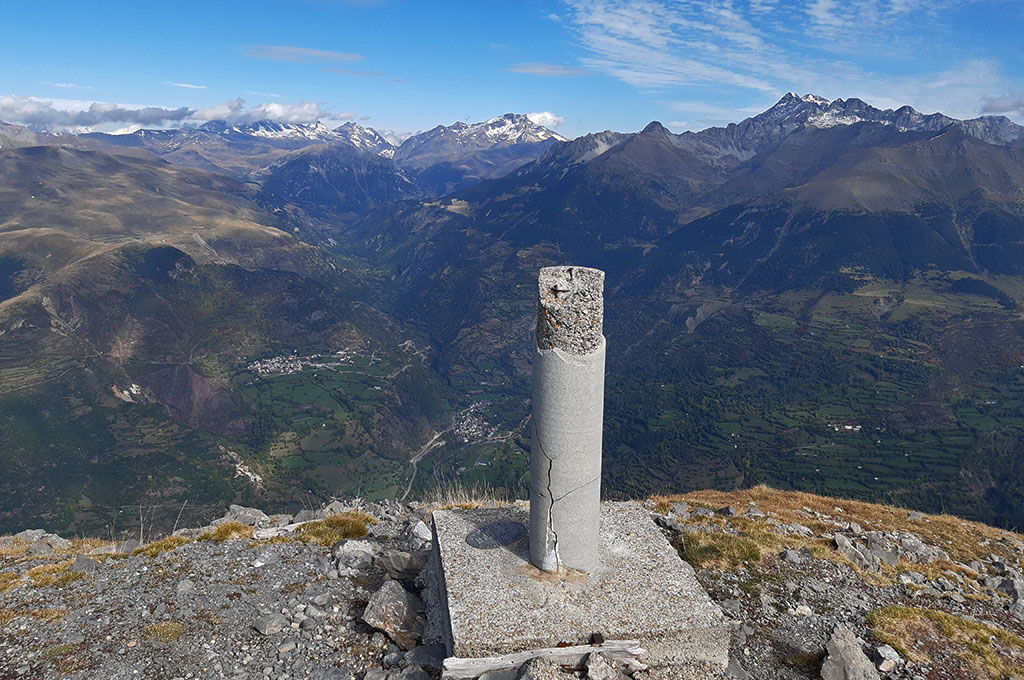
We continue a few more metres along the ridge until we find a path that descends drastically towards the southern slope, along an unstable rocky slope that will put our knees to the test. We descend with our sights set on the meadow above the forest line, through which the path passes....
(3h25min; 8,1kms) uphill path (2.010m) that we already know. Following the same itinerary we descend again towards the...
(3h40min; 8,7kms) Ibón de Plan or Basa de la Mora (1.900m), where we can now relax, have a bite to eat and enjoy the surroundings, before returning the same way back to the...
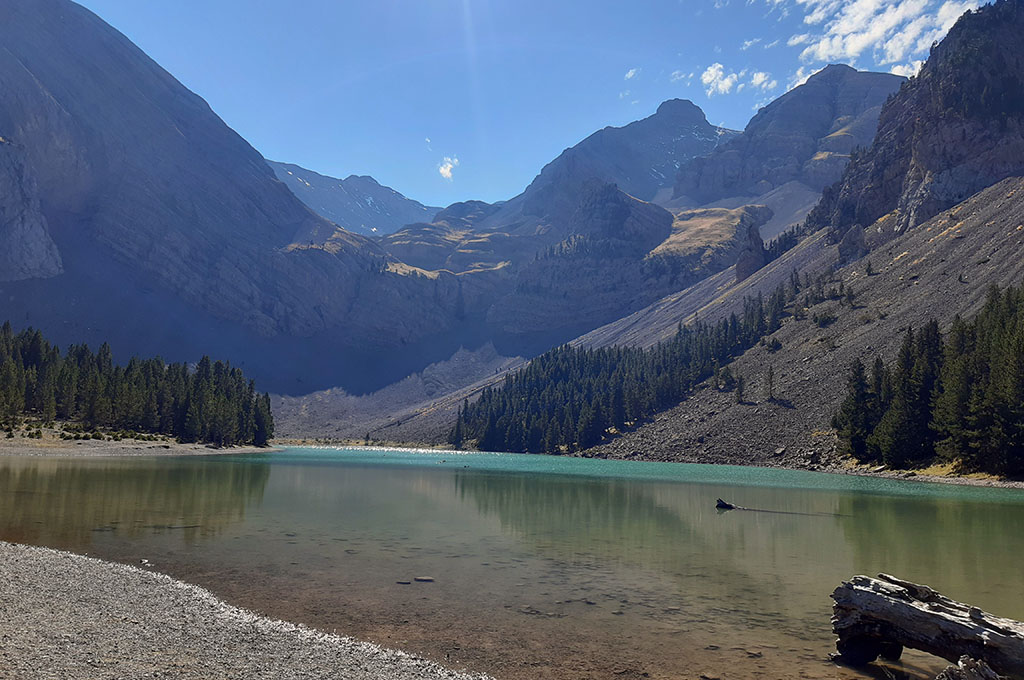
(4h05min; 10,2kms) Lavasar Hut (1.920m).
PRACTICAL INFORMATION
WHERE TO SLEEP:
Lavasar Hut (8 seats, acceptable condition, bench, table, fireplace).
In nearby villages:
- Saravillo > see accommodation.
- San Juan de Plan > see accommodation.
- Plan > see accommodation.
MAPS:
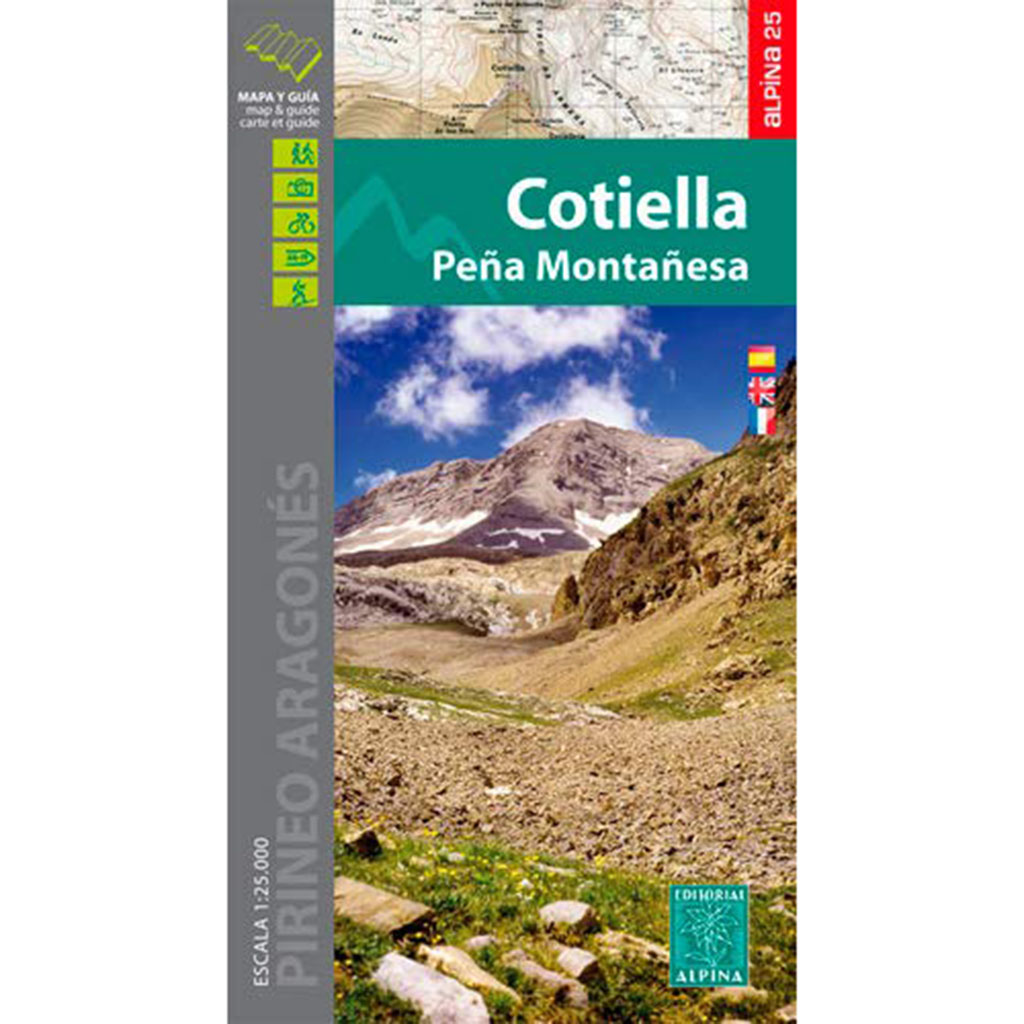
Alpine Map: Cotiella - Peña Montañesa
- Editorial: Editorial Alpina S.L
- Language: Spanish, English and French.
- Scale: 1:25.000
- ISBN-10 : 848090609X
- ISBN-13 : 978-8480906098
- Publication: 2015

Prames TOP25 Bielsa - Valle de Chistau map
- Editorial: Ediciones Prames S.A.
- Scale: 1:25.000
- ISBN-10 : 8483214954
- ISBN-13 : 978-8483214954
- Publication: 2020
NEARBY YOU MAY BE INTERESTED IN
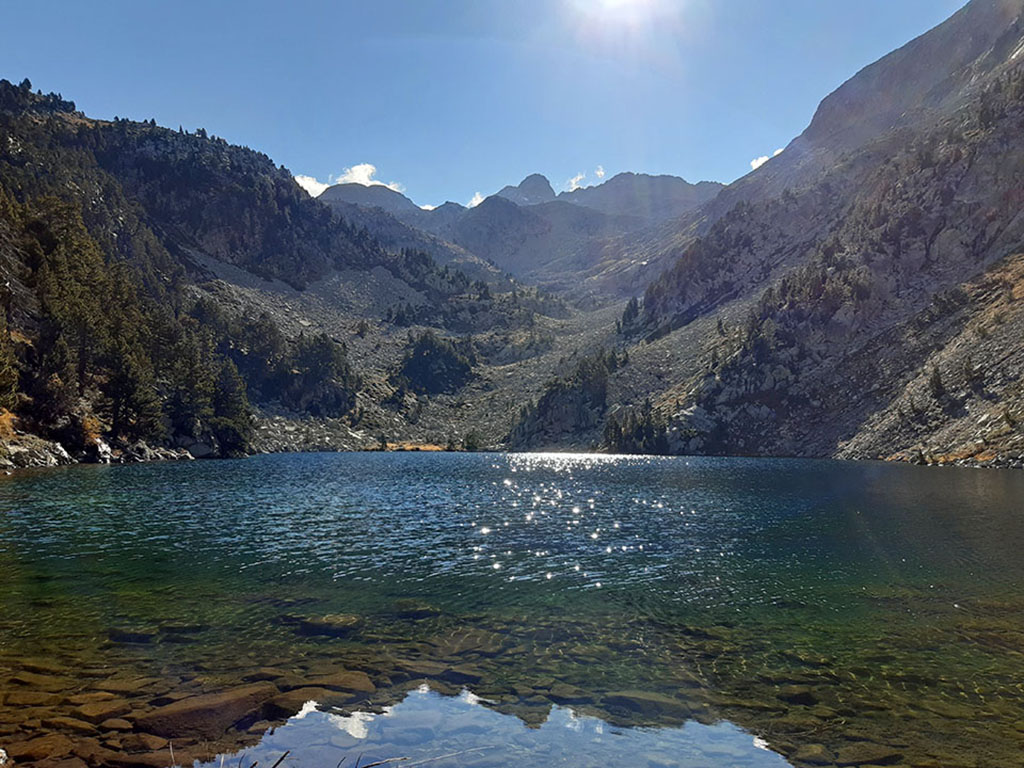
Distance: 13,3kms; Elevation gain: +1.300m; Time: 7-9 hours.
One of the essential routes in the Chistau Valley.
Fastpacking is not about going faster. It's about going lighter.
If you come from classic trekking, this is the next step: learning to move with less weight,
more fluid and enjoying every kilometre more.
Join the channel and start discovering what lightness feels like.
